Umbrella plant (Heptapleurum spp. syn. Schefflera spp.), commonly known as umbrella tree or schefflera, looks just like its name implies – a tree with glossy green umbrella-like foliage.
Growing between six to eight feet tall, this super low maintenance houseplant is a (tropical) breeze to grow!

We link to vendors to help you find relevant products. If you buy from one of our links, we may earn a commission.
In our guide to growing umbrella trees, we cover how to cultivate these plants indoors, which includes giving them a spot in bright, indirect light, and providing consistently moist soil.
These plants are not just easy to grow but they’re easy to propagate too – allowing you to share your umbrellas with friends and family or keep them for yourself, creating a jungle of tropical foliage.
In this guide, we’ll discuss everything you need to know about propagating your own umbrella plant via stem cuttings.
Here’s what I’ll cover:
Propagating Umbrella Trees from Cuttings
Gather Your Supplies
Before you get started, you’ll need a few supplies.
Grab your favorite pruners or a sharp knife, and before you even think about making your cuts, be sure to sterilize these in a 10 percent bleach solution.
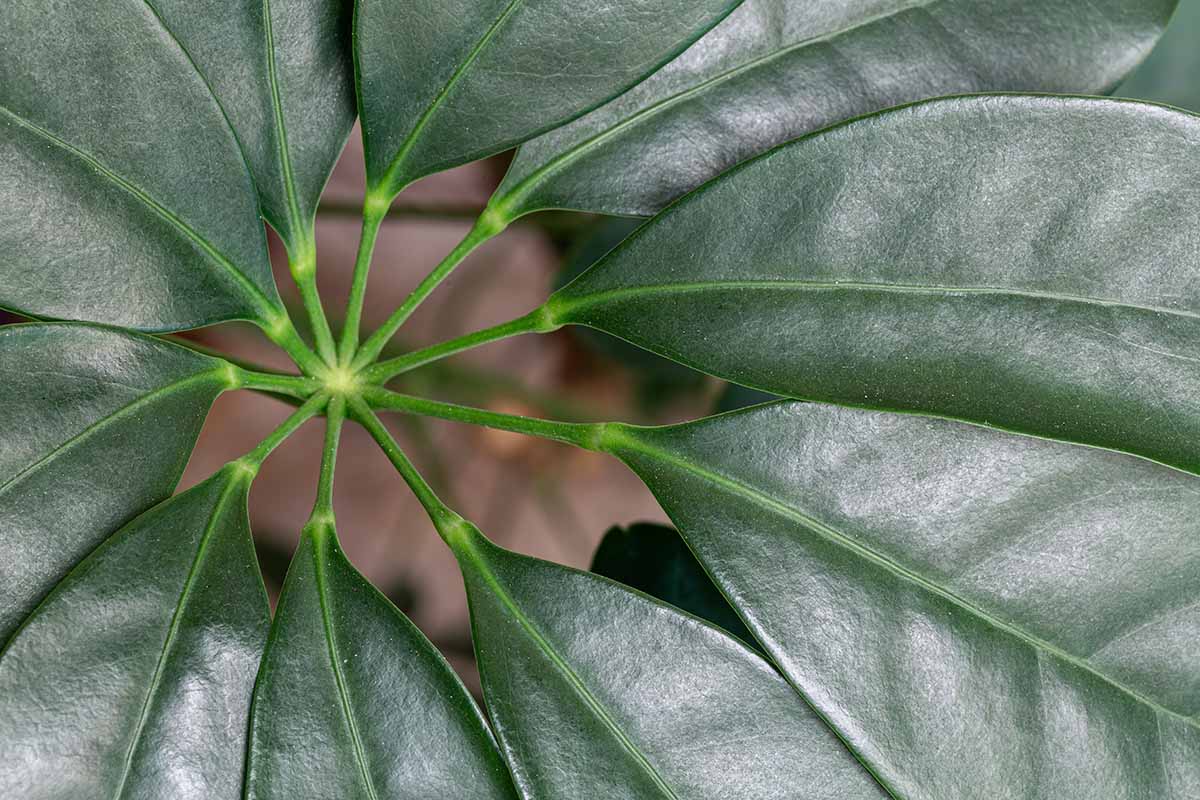
You’ll also need some propagation pots. You can choose to use one large pot to accommodate several cuttings or a few smaller ones.
For propagation media, you can either use your favorite seed-starting soil or a mix of half peat moss and half perlite.
Rooting hormone is not essential, but it’ll increase the chances of your cuttings taking root.
Bonide Bontone II Rooting Hormone
If you need a recommendation, I use Bonide Bontone II, which is a powdered product, available at Arbico Organics.
The pots will need plastic coverings to keep the humidity high, so find some suitably-sized zip-top baggies and elastic bands to secure them in place.
Alternatively, you can also root your cuttings in water, in this case all you’ll need is a few glass jars.
Now you’ve gathered your supplies, let’s get started!
Prepare Your Pots
You can propagate schefflera cuttings in almost any container, as long as it’s clean, has good drainage, and is at least two inches deep.
A six- to eight-inch pot can hold several, or a three-inch container may hold just one.
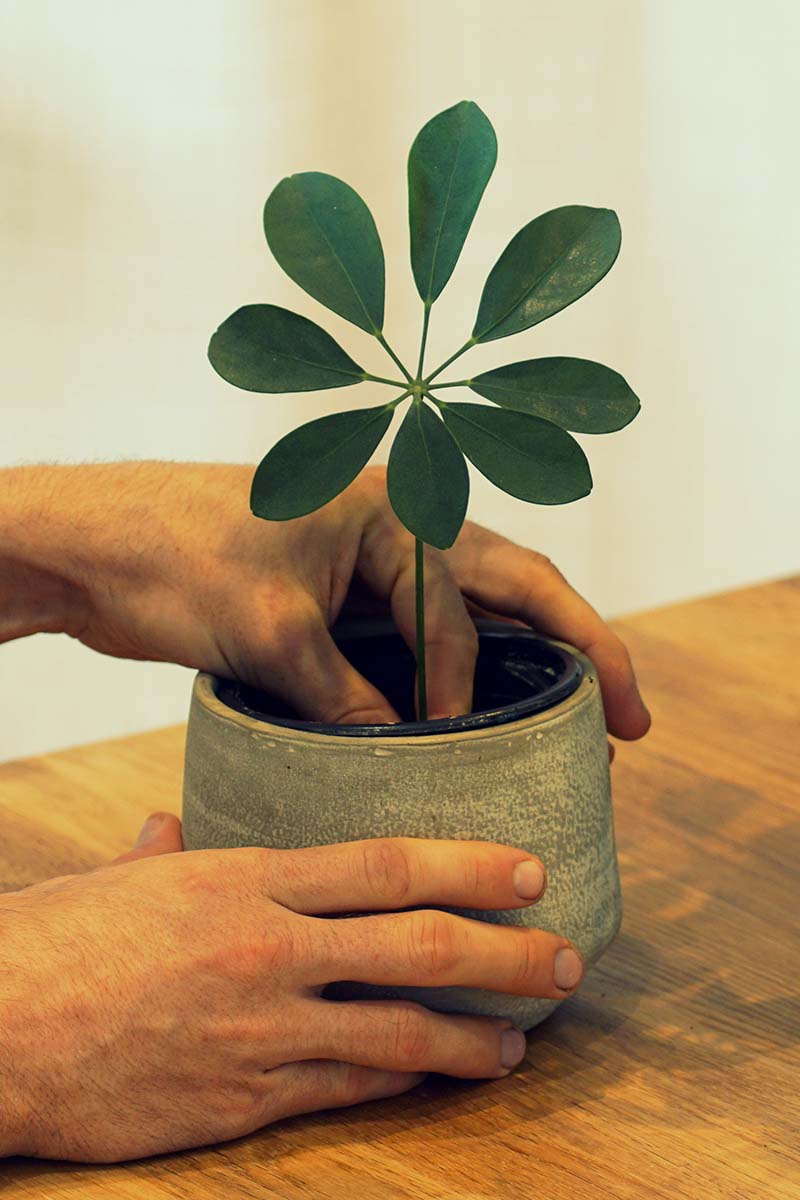
If your pots have been used before, you’ll want to clean and then sterilize them with a disinfectant. The tool you use should also be clean and disinfected.
Fill your chosen containers with media up to about an inch below the rim. Add some water to the media to moisten it. Use slightly warm water – the media will absorb it better than cold water.
Using a pencil or dowel, make holes where you will stick your cuttings.
Take the Cuttings
Since they don’t yet have roots, the stem sections have a limited capacity to take up water and so will lose moisture quickly.
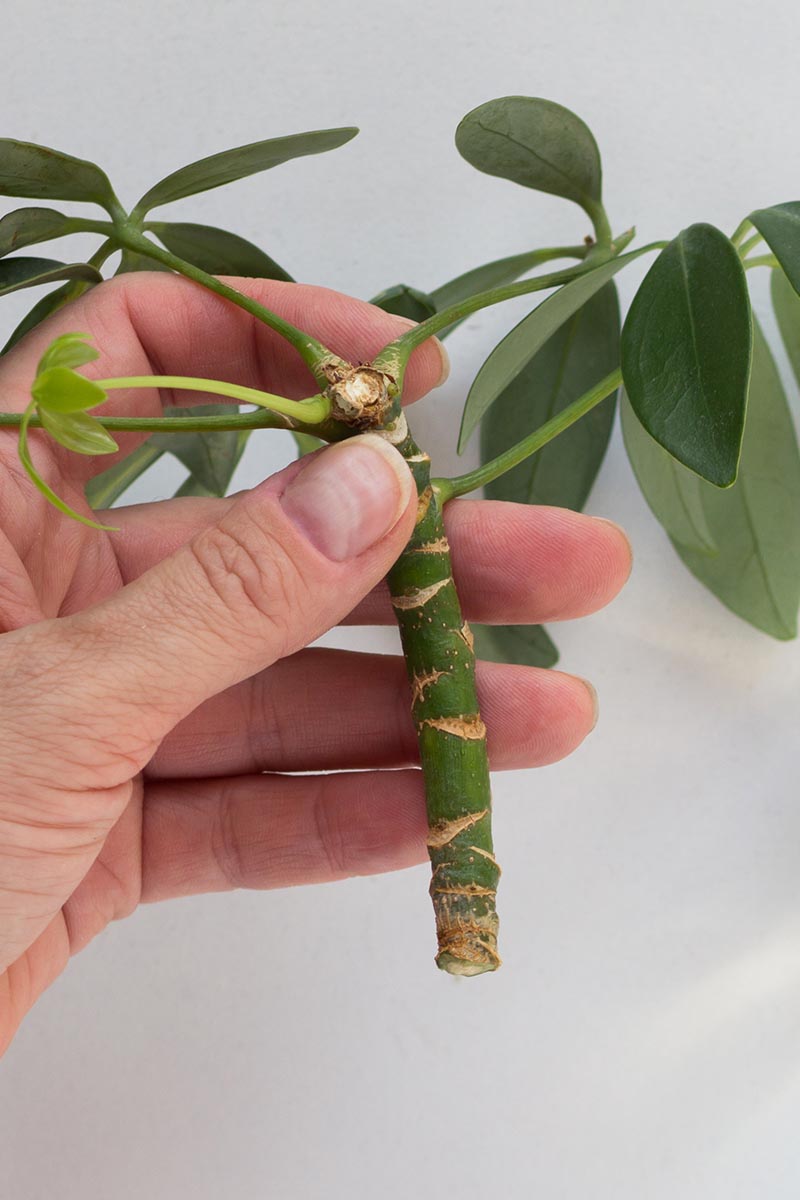
To minimize water loss, you should ensure your plant is well hydrated by watering your umbrella tree the day before you want to propagate.
Each stem cutting should have at least one leaf and two growth nodes – these are the rings around the stem from which leaves grow.
You can choose to take cuttings from the stem tips or take a longer section of stem and cut it into segments.
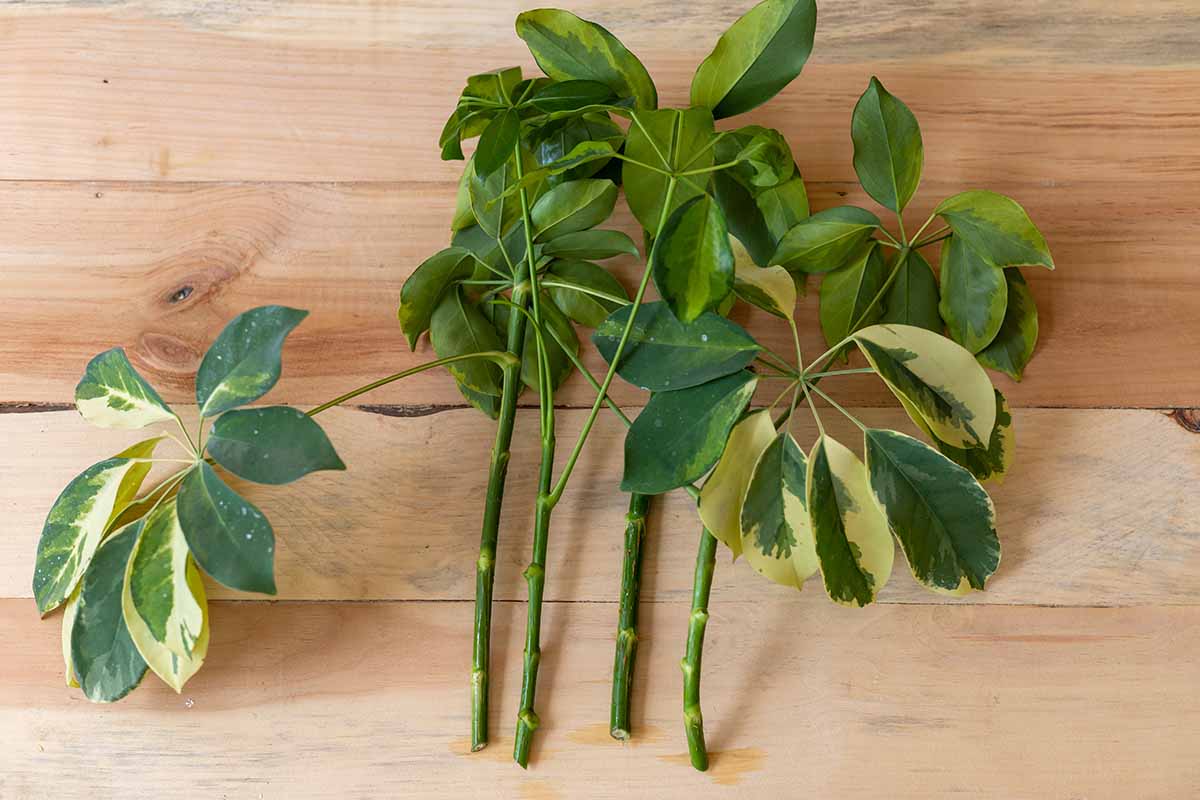
Select a healthy stem that is at least as thick as a pencil. Take a four- to six-inch-long section right underneath a growth node. Defoliate the bottom two inches of the cutting.
If you are using stem segments, make the cuts that are going to be inserted into media angled so you can remember the orientation.
Your cuttings won’t root if they are upside down in the potting media!
Plant Cuttings
Put your cuttings in soil as soon as possible after snipping them from the parent plant.
If, for some reason, you do need to wait a bit, keep the cut ends wrapped up in a moist paper towel and set them in a spot with low light and cool temperatures.
When you’re ready, start by pouring some rooting hormone powder (if using) into a small container – not a lot, just enough to coat the bottom.
Put the bottom one to one and a half inch of the stem in the rooting powder, mix it around, and tap it against the side of the container to remove excess powder.
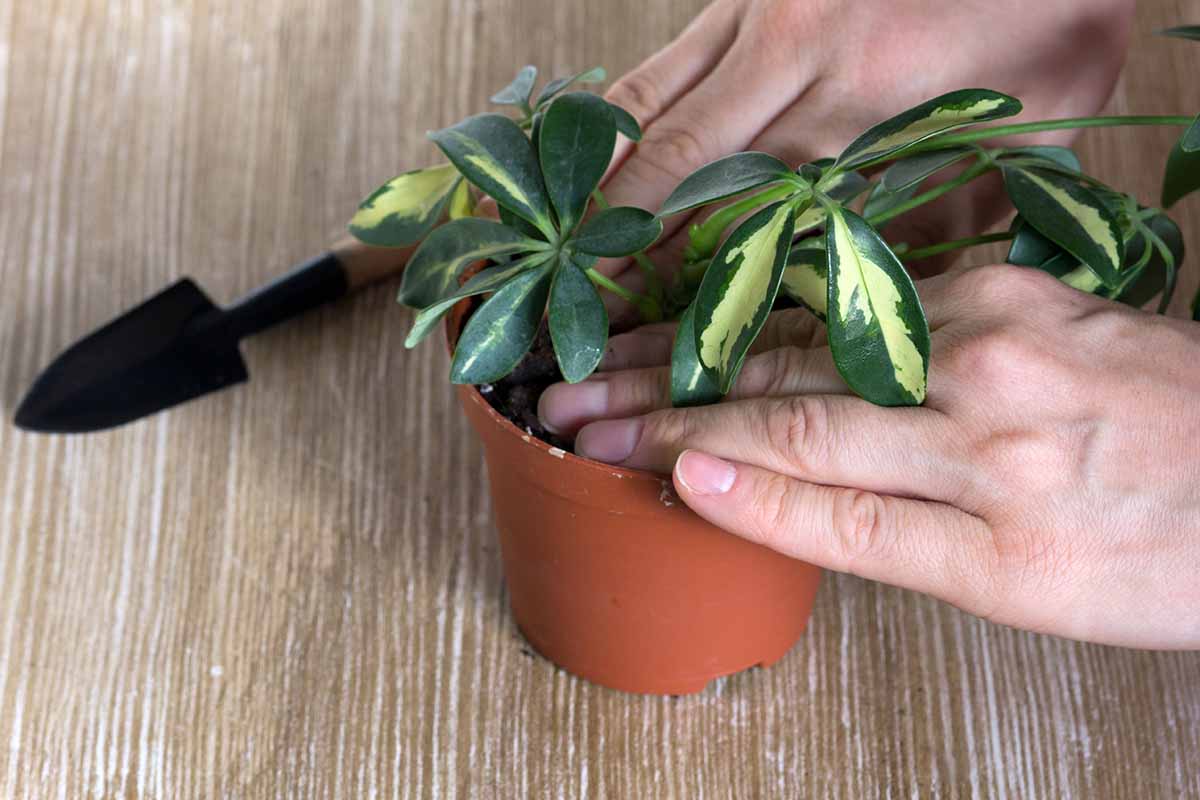
In the case that the rooting powder doesn’t want to stick to the end of the stem, you can try wetting the bottom of the cutting, tapping to remove excess water and repeating the steps outlined above.
Next, stick your cuttings into the pre-made holes in the rooting medium, being careful not to wipe off the powder.
Remember that at least one node should be buried and no leaves should be touching the potting media. Pat down the soil around the stems and water them until the water drains out the bottom of the pot.
High humidity helps with rooting, but for umbrella tree plants it’s especially vital.
To achieve a humid environment for your cuttings, place a plastic bag upside down over the top of the pot and secure it with an elastic band around the base of the pot.
Or, insert the pot fully into a plastic bag and tie it with a twist tie. Whatever way you go about it, make sure the leaves are not touching the plastic.
If you need to, place chopsticks or other stakes in the pot to prop up the plastic and keep it from touching the leaves.
Schefflera cuttings require bright, indirect light to root.
Place your plastic-covered pot in a warm location of around 70°F, but avoid direct sunlight. It can quickly become too hot under the plastic and could burn the plant’s foliage.
Keep the soil evenly moist. Schefflera takes its time rooting, so you’ll have to be patient. Expect rooting after four to six weeks or so.
If you prefer to root your cuttings in water, put them in a glass jar or other suitable vessel, with room temperature water and ensure that the bottom two inches is underwater.
Set them in a bright location, and change the water every couple of days to prevent it becoming moldy. When the roots are about an inch long, you can pot your plant in soil as discussed below.
Potting Up
To check if your cuttings have rooted, give them a little tug. If they hold firm, they’re rooted!
They will also start to grow new shoots and leaves. You can also try gently lifting the cutting out with a pencil.
If you see inch-long roots, you can pot up your baby umbrella tree plants into their permanent containers.
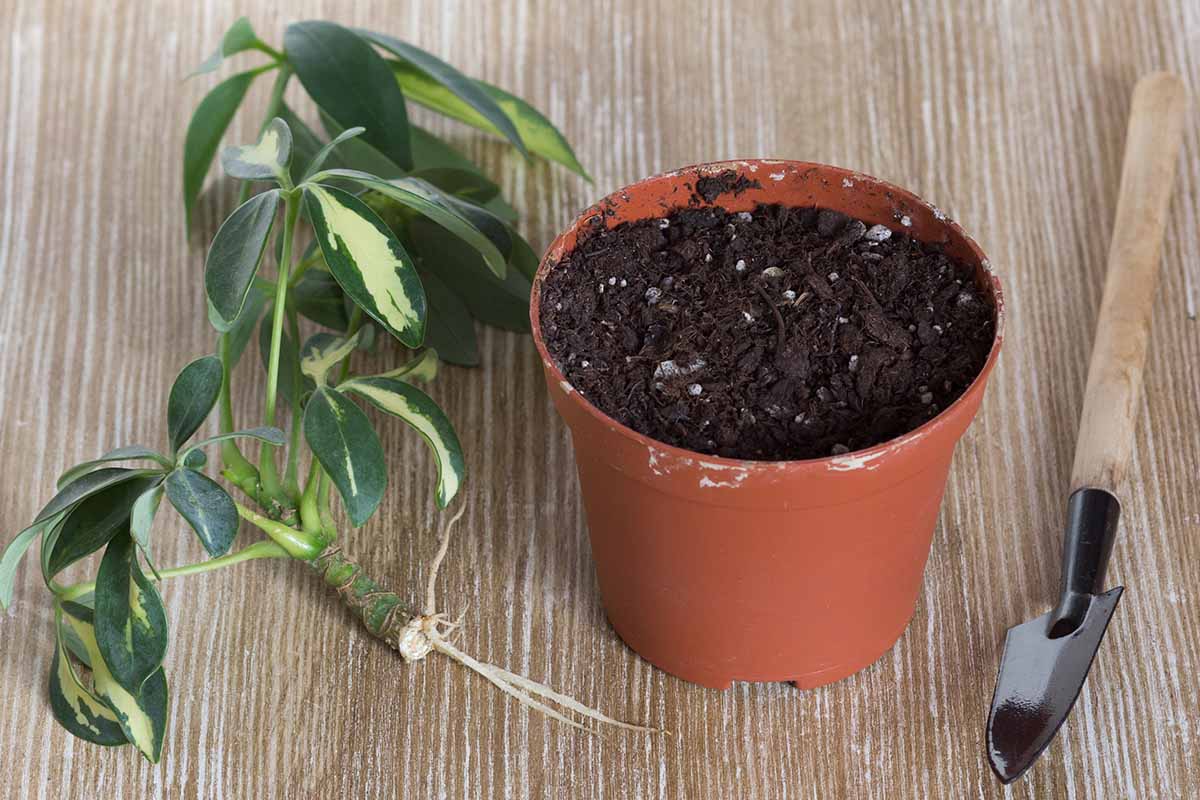
Moving your cuttings from a humid environment to a dry one will be a bit of a shock for your newly rooted plants, so you should pay close attention to your new plants for the first few weeks.
Using a standard houseplant potting soil, pot up your new plants into individual three or four-inch pots – if they aren’t already in these.
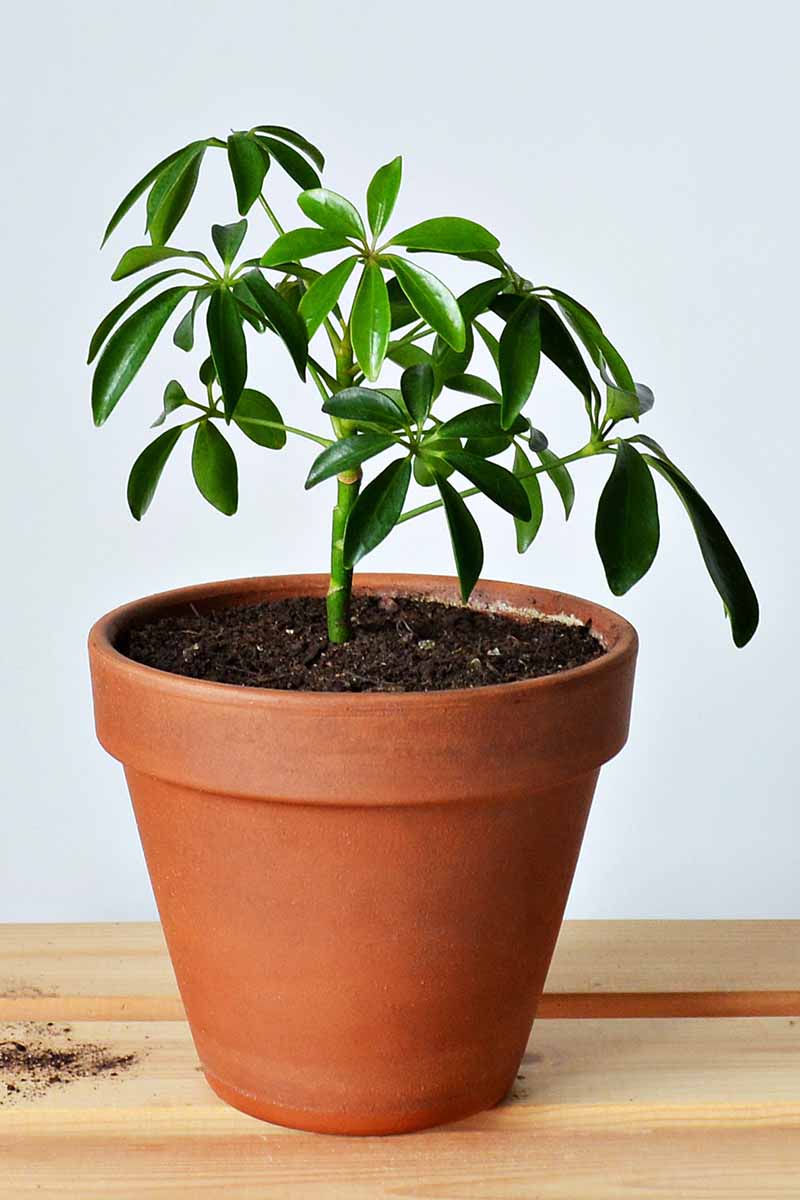
Start by putting a small amount of potting soil in the pot. Gently place the root ball about an inch below the container’s rim. Add potting soil and firm it around the roots.
Water the soil until liquid runs out the bottom of the pot to settle your schefflera into its new home. Keep your umbrella tree plant in a sunny locale out of direct light, and you’re golden!
Good Things Come to Those Who Wait
With its palm-like leaves and low-key requirements, the umbrella tree plant creates a tropical ambiance indoors.
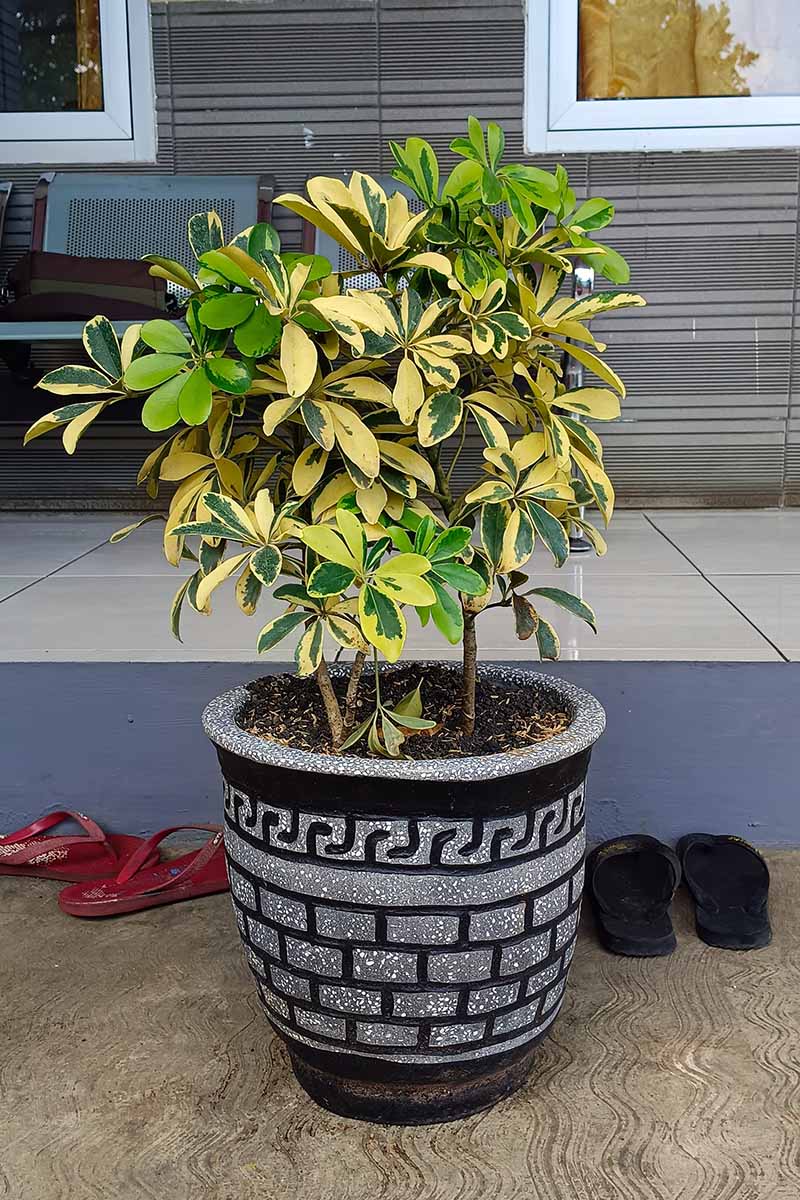
And what’s more, it is incredibly easy to propagate from cuttings. Why not spread the good vibrations and create more schefflera plants to enjoy?
Have you propagated umbrella tree plant from cuttings before? What propagation tips would you like to share? We’d love to know your thoughts and comments in the section below.
And for more information about growing umbrella trees, check out these guides next:

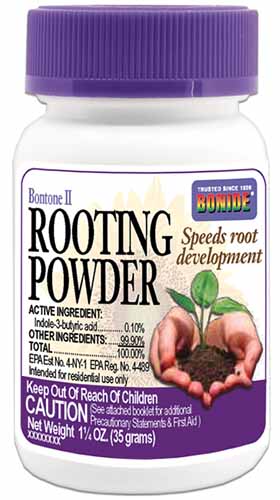
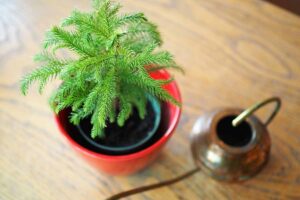
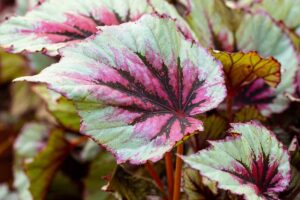
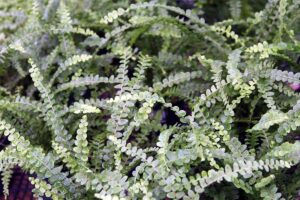
I just cut leaves with the stem off the umbrella plant and put them in separate containers. It was about a month when I decided to see if they had grown roots, and six of the nine leaves had roots! So I took each of the leaves out of their smaller containers and planted them in larger ones. So, my question is—since they were just individual leaves with stems and roots will they ever grow new shoots, and if so, where will they come from–the root area?
Hi Kathy, the roots should send up a new stem at some point near the existing leaf, and eventually, that old leaf will die, and the new plant will develop.